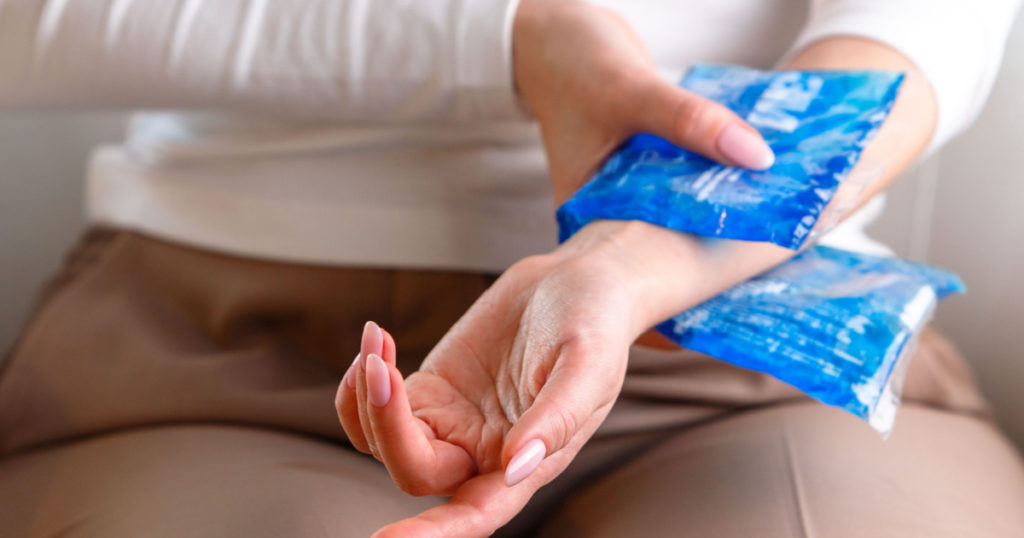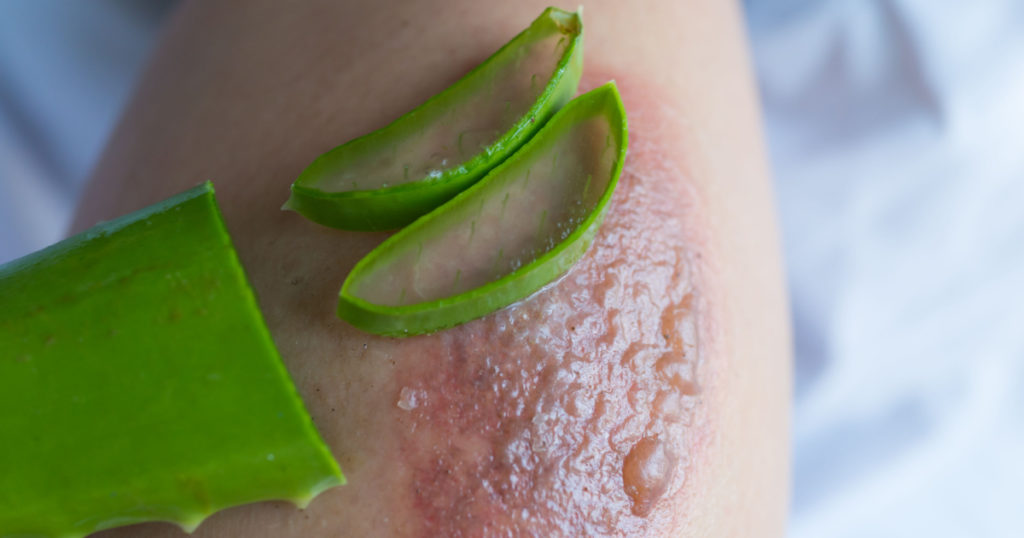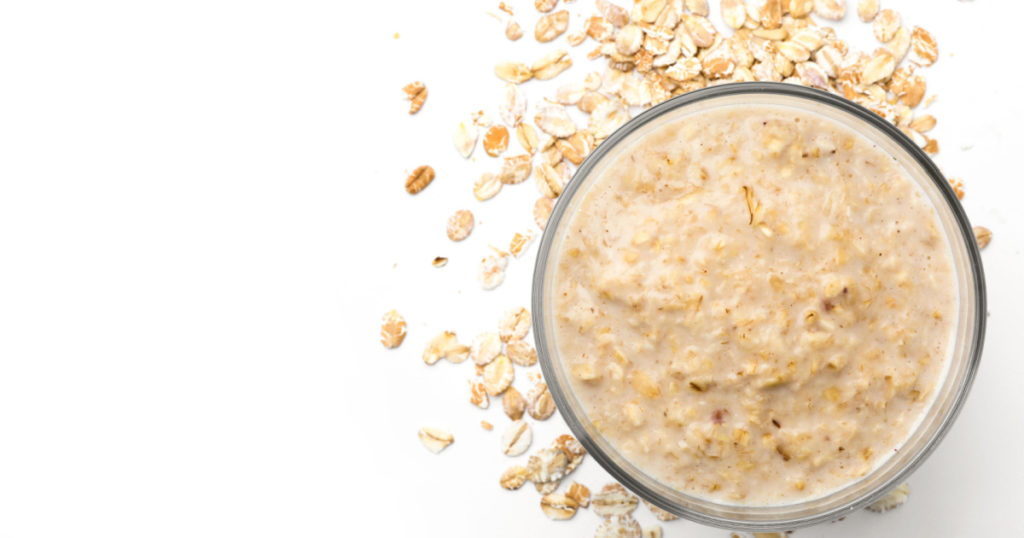Summer is here, and you’re ready to hit the beach, hike those trails, and soak up the sunshine. But what if a pesky skin condition like dyshidrotic eczema is holding you back? Those itchy, painful blisters on your hands and feet can make enjoying the outdoors a real drag. Don’t let eczema steal your summer fun! Let’s dive into the world of dyshidrotic eczema, understand what causes it, and discover effective ways to manage it so you can get back to enjoying life to the fullest.
What is Eczema?

Eczema, also known as dermatitis, is a group of skin conditions that cause inflammation and irritation. It’s a common problem, affecting an estimated 35 million Americans, with many cases starting in childhood. When eczema flares up, your skin can become red, itchy, and swollen, often with fluid-filled bumps that may ooze and crust. While eczema isn’t contagious, it can be triggered by allergies and can even be hereditary. While there’s no cure for eczema, it’s definitely manageable with the right approach.
Understanding Dyshidrotic Eczema: The Itch You Can’t Scratch
Dyshidrotic eczema is a specific type of eczema that causes small, intensely itchy blisters to form on the edges of your fingers, toes, palms, and soles of your feet. It’s often linked to seasonal allergies, which is why these pesky blisters tend to erupt in the spring. These blisters can be incredibly uncomfortable, and sometimes it takes weeks for them to disappear.
Dyshidrotic Eczema: It Has Many Names!
You might hear this type of eczema called by other names, including:
- Pedopompholyx (affects the feet)
- Cheiropompholyx (affects the hands)
- Vesicular palmoplantar eczema
- Dyshidrosis
- Foot-and-hand eczema
- Dyshidrotic dermatitis
- Vesicular eczema
- Pompholyx

Each type of eczema has its own unique set of symptoms, so it’s important to be able to recognize dyshidrotic eczema specifically. Here’s what to look for:
- Deep-set blisters on hands and feet (especially on the edges of fingers, toes, palms, and soles)
- Intense itching
- Redness
- Flaking
- Scaly, cracked skin
- Pain
Dyshidrotic eczema is more common in women than men, and while it can affect people of any age, it’s most prevalent in adults between 20 and 40. If you have contact dermatitis, atopic eczema, or hay fever, you might be at a higher risk of developing dyshidrotic eczema. It’s also a hereditary condition, so if you have a family history of dyshidrotic eczema, you’re more likely to experience it yourself.

Stress can be a major trigger for dyshidrotic eczema. When you’re stressed, your body releases hormones that can affect your immune system, making you more susceptible to eczema flare-ups. It’s like your body is saying, “Whoa, slow down! You’re pushing yourself too hard!” Finding ways to manage stress, like exercise, meditation, or spending time in nature, can help keep your eczema under control.
Just like you wouldn’t wear the same clothes every day without washing them, your skin needs regular cleaning and care. Using gentle soaps and moisturizers, and avoiding harsh chemicals and irritants, can help prevent eczema flare-ups. Think of your skin as a delicate flower that needs gentle care to thrive.
While there’s no cure for dyshidrotic eczema, it’s often manageable with treatment. While you can’t always prevent flare-ups, a good skincare routine can help strengthen your skin and reduce inflammation.

For severe cases of dyshidrotic eczema, your doctor may recommend conventional treatments like:
- Corticosteroid creams or ointments: These medications help reduce inflammation and itching.
- Prescribed injections or pills: These are often used for more severe cases or when topical treatments aren’t effective.
- UV light treatments: These treatments use ultraviolet light to help control eczema.
- Draining large blisters: This procedure can help relieve pressure and pain.
- Antihistamines: These medications can help reduce itching.
- Anti-itch creams: These creams can provide temporary relief from itching.
- Immune-suppressing ointments: These ointments, like Protopic and Elidel, help regulate the immune system and reduce inflammation.
If you prefer a more natural approach, there are several things you can try at home to manage your dyshidrotic eczema:
1. Cold Compresses: Soaking the affected area in cool water or applying cold compresses for 15 minutes at a time can help reduce inflammation. Repeat this process 2-4 times a day, followed by applying a moisturizer to the affected area.

2. Aloe Vera: Aloe vera is known for its soothing and healing properties. Apply the gel directly to your irritated skin, or use a natural aloe vera lotion.

3. Oatmeal: Oatmeal has anti-inflammatory properties that can help relieve eczema symptoms. You can apply a paste of oatmeal directly to your skin, or take an oatmeal bath.

4. Apple Cider Vinegar: Apple cider vinegar is a natural anti-inflammatory and antibacterial agent. Dilute it with water and apply it to the affected area with a cotton ball.

5. Coconut Oil: Coconut oil is a natural moisturizer and has anti-inflammatory properties. Apply it to your skin after showering or bathing.

What you eat can have a big impact on your skin health. A diet rich in fruits, vegetables, and whole grains can help reduce inflammation and support your immune system. Consider adding foods rich in omega-3 fatty acids, like salmon and flaxseeds, to your diet. These fatty acids have anti-inflammatory properties that can help improve skin health.
Sometimes, simple lifestyle changes can make a big difference in managing dyshidrotic eczema. Here are a few tips:
- Keep your hands and feet dry: Moisture can trap bacteria and irritate your skin.
- Wear loose-fitting clothing: Tight clothing can rub against your skin and cause irritation.
- Avoid scratching: Scratching can break the skin and make your eczema worse.
- Protect your skin from the sun: Sun exposure can worsen eczema.
- Get enough sleep: Sleep deprivation can weaken your immune system and make you more susceptible to eczema flare-ups.
Living with eczema can be challenging, but it doesn’t have to control your life. By understanding the causes and symptoms of dyshidrotic eczema, and exploring both conventional and natural treatment options, you can manage your condition and enjoy a happy, healthy summer. Remember, you’re not alone in this, and with the right approach, you can reclaim your skin and your summer!


